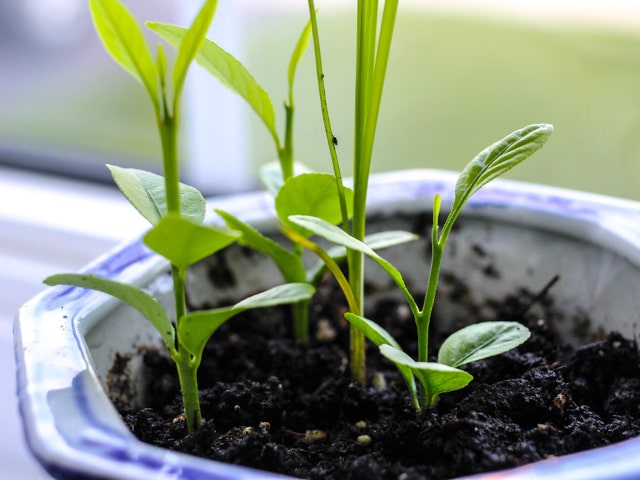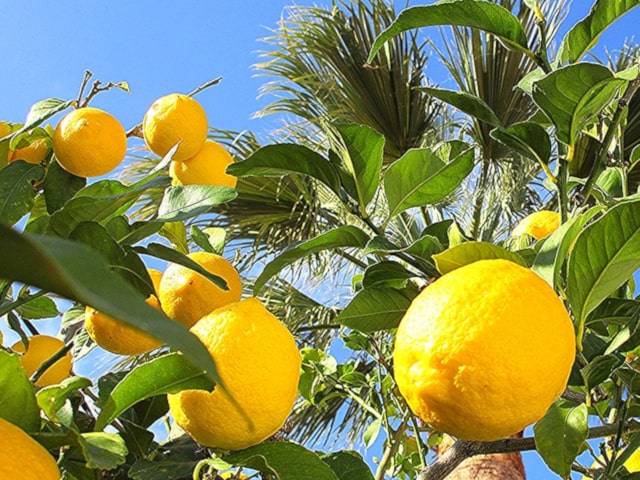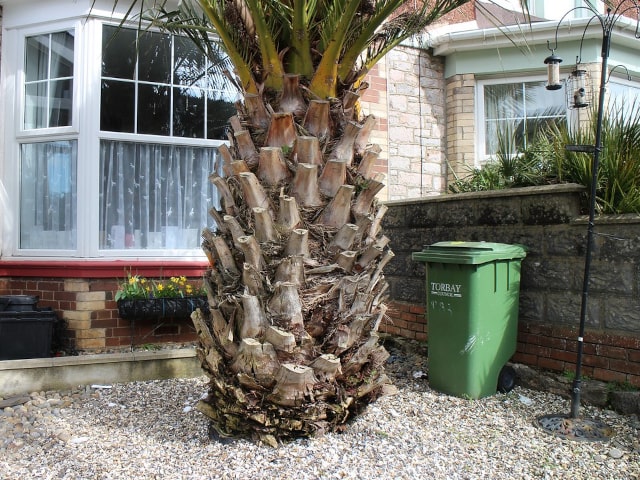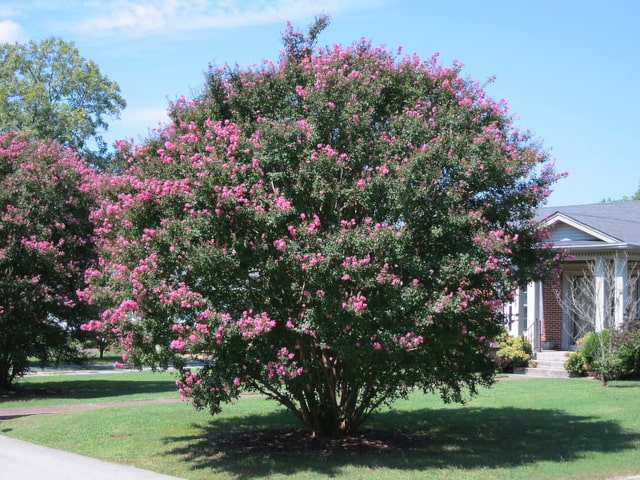
Lemon trees are great plants for gardens, patios and yards. They are not only beautiful, but they also produce tasty fruit that is rich in vitamins. Lemon trees can grow in the U.S. Department of Agriculture plant hardiness zones 9 through 11, so they can be found in many gardens.
If you have a lemon tree, you might wish to propagate it at one point. This is a process that requires some care and consideration. The good news is that it is not so difficult to propagate lemon tree. It is not the easiest plant for propagation, but it is not very complex and difficult, either.
There are two main methods you can use to propagate lemon tree: using cuttings and seeds. However, these are not the only methods that exist. For example, trees in the nurseries are typically propagated using budding or grafting. This generally produces a root system that is more disease-resistant.
However, this process is more complicated and not something that individual gardeners can generally do. Because of this, propagation of lemon trees through cuttings and seeds are more common.
How to Propagate Lemon Tree from Cuttings
When it comes to cuttings, it is important to make sure that you are using sterile tools and that your tree is healthy. Many lemon trees propagated from cuttings suffer from Phytophthora foot rot, so this method is advisable to use only if this disease is not a problem in your area.
An alternative way to go, if you wish to propagate lemon tree from cuttings, is to use large pots with sterile soil that is disease-free. Keep these options in mind if you wish to propagate from cuttings.
Generally speaking, lemon trees that are propagated from cutting will give fruit about after one year, but Citrus meyeri or "Meyer" lemons typically take two years.
The first thing you need to do when you wish to propagate lemon tree from cutting is to prepare a container for it. This is needed so you can pot the new cutting into the soil immediately. You don't have to be picky about the container: any will do, as long as it can hold one gallon of soil and has drainage holes.
Make sure to fill the container with sterile seed-starting mix, but you may also use a mixture of half sand and half milled peat moss. If you choose a peat-based potting mix, remember that they tend to resist water at first, so you need to keep adding water and stirring the mixture until it can hold water. Do not use garden soil as a potting mix! Even if you have healthy plants in your garden, the soil can contain bacteria, fungi and other damaging materials that will weaken your new lemon tree.
To take a cutting, choose a healthy young branch without fruit or flowers, but with at least 2-3 nodes at the base. Your cuttings should be about six inch long. Make sure to choose strong and healthy cuttings - this will increase chances of success.
Before potting the cutting, remove all but the four leaves at the tip, and make sure to remove the bottom sets of the leaves to reveal the nodes. Make a hole in the soil deep enough to hold the bottom two nodes. Dust the root hormone on the end of the cutting and place it inside of the soil.
Cover the pot with a large plastic bag to ensure the cutting has enough warmth and humidity to grow and develop roots.
Rooting a lemon tree cutting requires some care. Make sure to provide constant warmth and soil temperatures between 70 and 80 degrees F. The cuttings should be in a spot with bright but diffuse light. Avoid direct sunlight because it can stress the plant. Make sure to keep the soil moist but always let it dry between the waterings.
Rooting times can vary greatly, but you can test the root growth in about 8 weeks by gently tugging on the base of the cutting. If you feel resistance, it means it has rooted. This is where you can cut the bag and let the cutting acclimate to normal humidity before you remove the bag completely.
Once the cutting shows signs of growth, make sure to transplant it into a one-gallon container that is filled with sterile potting soil. Place the pot in a draft-free area with temperatures above 60 degrees F. Only water when the soil feels dry to the touch. You can also add some fertilizer every two weeks: a solution made of half of a teaspoon of 10-10-10 fertilizer and 1 gallon of water works well. Grow the cutting in this container for one season and then transplant it on its permanent place in the spring.
Propagate Lemon Tree from Seeds
Another effective way to propagate lemon tree is with seeds. Keep in mind that you don't have to buy seed at the nursery. You can simply harvest it from a lemon fruit. Propagating from seeds is not difficult, but it requires some patience. Also, you need to accept that the resulting plant might not be identical to the parent tree. It is also important to remember that lemon trees propagated through seeds may take five or more years to give fruit. Not to mention that some propagated trees may never give fruit, so you have to be ready for that.
The first step to propagate lemon tree from seeds is to get a juicy lemon and remove the seeds from the pulp. Wash them to remove any flesh - never plant seeds with flesh on it because it can be a breeding ground for fungi and bacteria. Also, make sure to always plant fresh seeds and plant them immediately. You should not wait for them to dry out.
Take a small pot with sterile soil mix or a mixture of half perlite or sand with half peat moss. Plant several lemon seeds about half of an inch deep. This will increase the chance of propagation. Make sure to moisten the soil lightly. Cover the top of the pot with plastic wrap to encourage water retention. You should always keep the soil moist but not waterlogged.
Place the container in an area that is about 70 degrees F (21 degree C). Once you se the seedlings grow, you can move the container to a place that is bright. This is when you can also remove the plastic.
Wait until the seedlings have several sets of leaves to transplant them into a larger pot. It should be about four to six inches in diameter. Make sure to fill it with a sterile potting mix. You can add some water-soluble fertilizer about two to four weeks. Also, make sure that they have at least 4 hours of direct sun per day and keep the soil moist.
As your tree grows, you will need to transplant it into larger container. Also, make sure to prune it early in the spring and always keep it in a draft-free area.
Photo credit: jareed




0 Comments